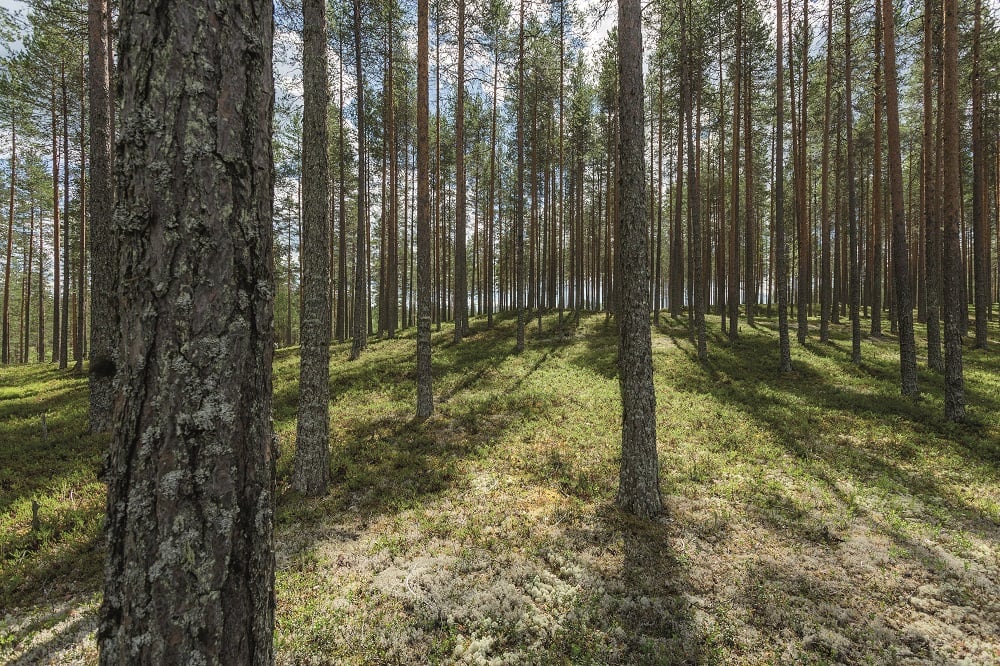 UPM Timber uses certified high-quality Nordic pine and spruce as raw material for its products. The international PEFC and FSC forest certificates are signs of wood's sustainable origin.
UPM Timber uses certified high-quality Nordic pine and spruce as raw material for its products. The international PEFC and FSC forest certificates are signs of wood's sustainable origin.
About 85 % of Finland's managed forests are certified under PEFC, whereas the continuously growing FSC certificate covers only a few percent. All UPM-owned forests are certified. In addition, UPM's FSC group certificate (FSC C 109750) is undergoing steady growth with over 200 000 hectares of managed forests already registered under the group certificate.
We interviewed Sami Oksa, director of stakeholder relations and previous environmental manager of UPM Wood Sourcing & Forestry, about verifying the origin of wood:
Why is it important to verify the origin of wood?
The origin of wood is one of the most important KPIs of responsible operations. The information on the origin of wood proves that the wood used in UPM products does not originate from e.g. conservation areas, tropical natural forests or from other unsustainable sources. By knowing the origin of wood, we can always be sure that the most important aspects of sustainable forestry are fulfilled and can be verified afterwards. UPM is a frontrunner in verifying the origin of wood, and today the company can track 100 % of the origin of the wood and wood fibre sourced by UPM and used in its products.
How do you track the origin of wood?
When tracking the origin of wood, the key is to follow the wood supply chain back to the area where the tree originally grew, thereby tracing the origin of wood. This process is usually supported by the company’s IT system each step of a tree’s journey being saved in the system. This enables us to track the origin of the wood or wood fibre used in a product from the customer via the distributor, to the mill, the wood truck, and to a single forest stand.
How carefully do you transfer the information of the wood origin in the supply chain?
A tree, wood fibre or a product made from wood always carries information about its origin using a unique identifier. This information traceable along the supply chain. This way, the information of the wood and wood fibre used as raw material in a product can be traced back to where a single tree has grown, e.g. to a forest stand.
What kind of wood is illegal?
Examples of illegal wood are wood that is logged illegally, sourced from protected areas, or stolen or sourced from a forest estate without the forest owner’s permission. In addition, we talk about illegal wood when the taxes or other legal payments have not been paid. One of the most important responsibilities of the forest industry is to always be able to prove the sustainable and legal origin of wood. An independent third-party verifies The chain of custody system is verified annually by an independent third party.
Read more:
Key entrepreneurs form an essential part of our responsible supply chain